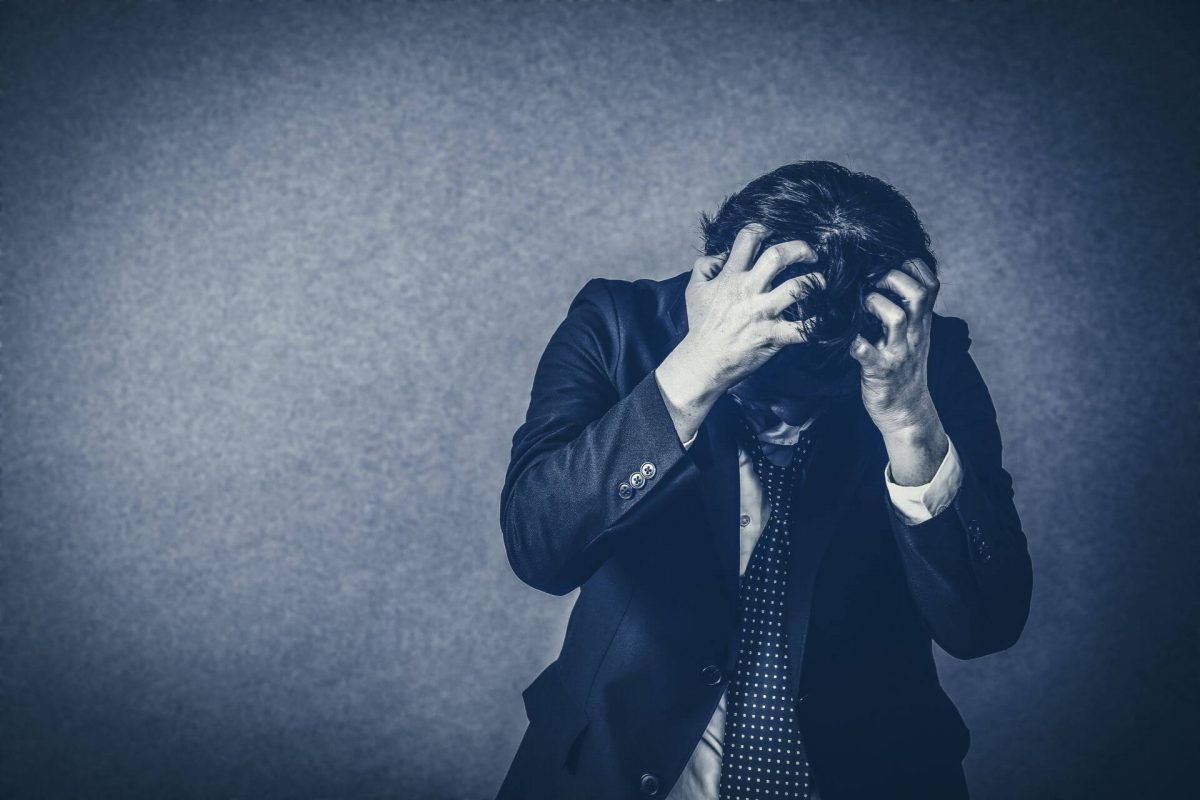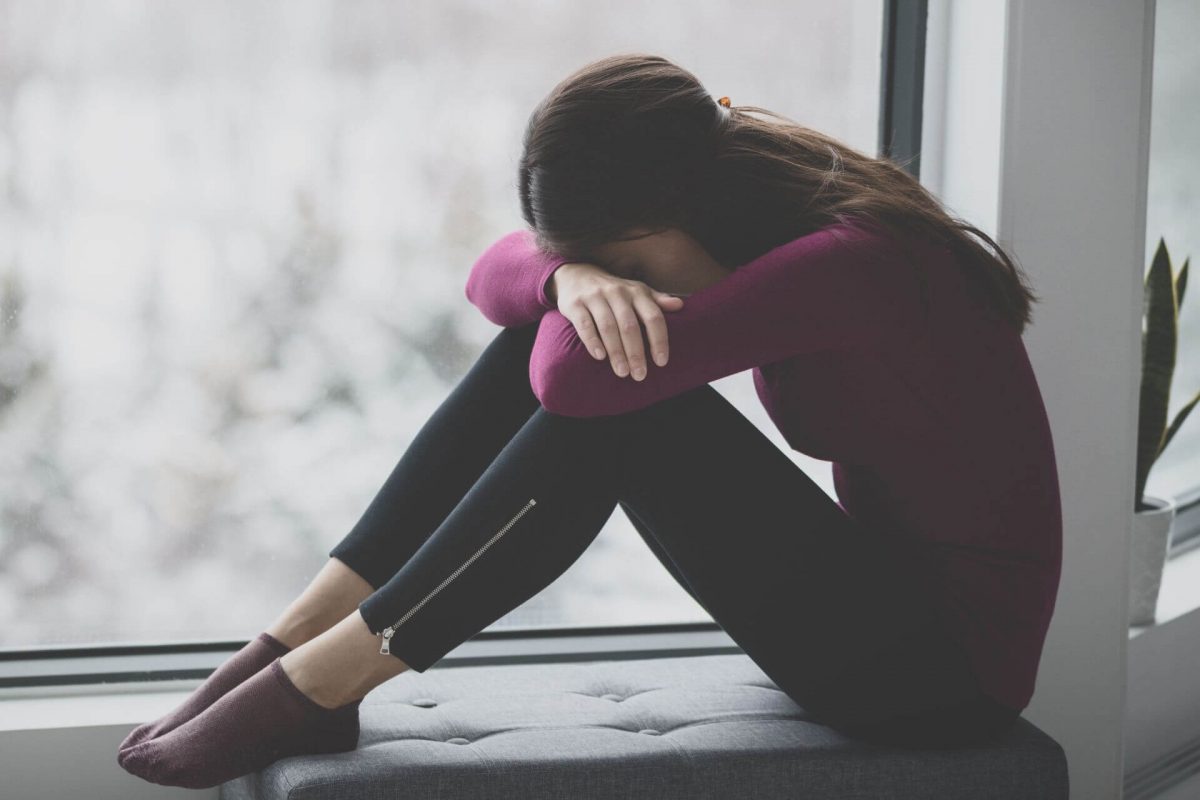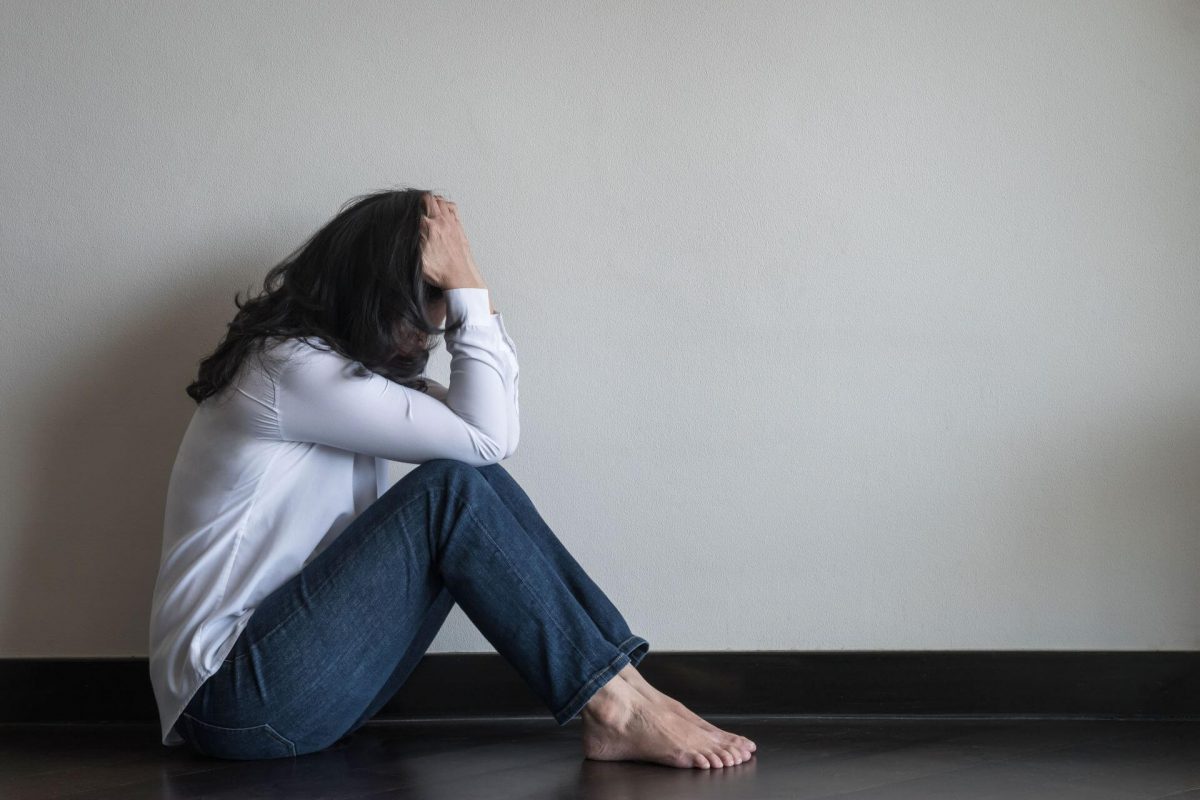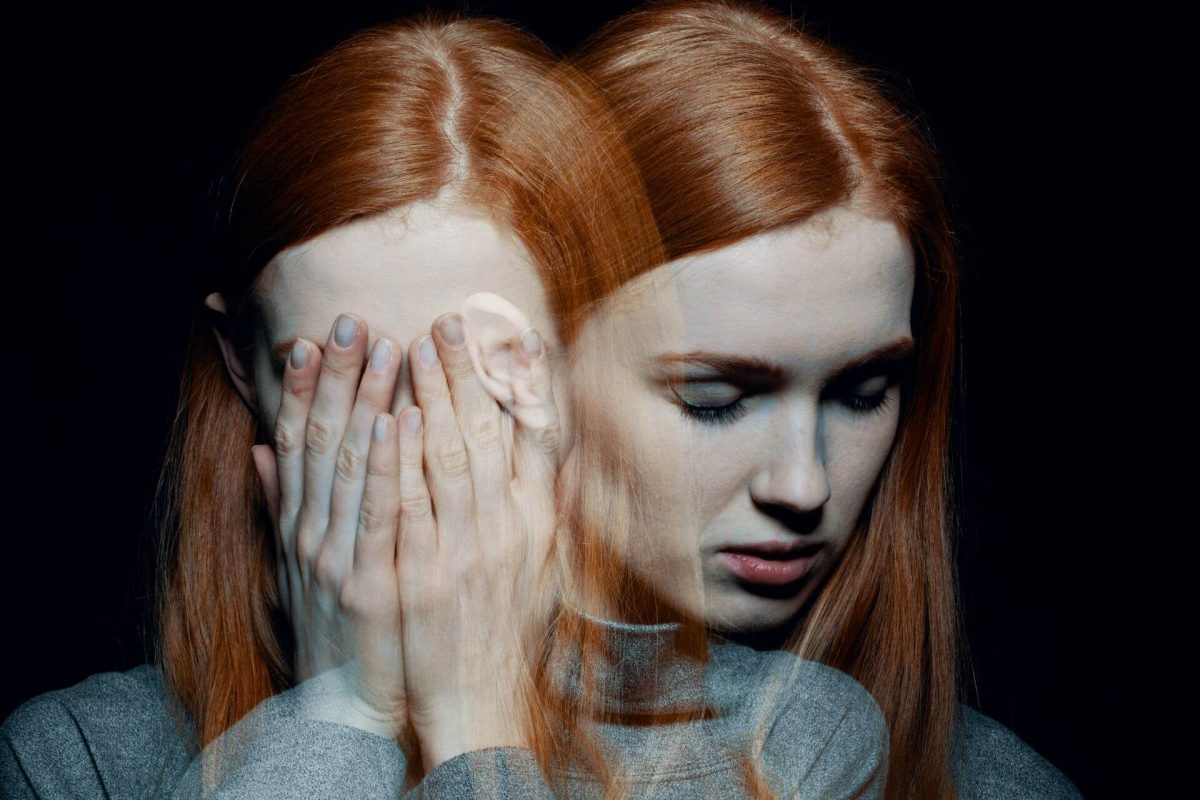It’s natural to feel panicky when stressed or confronted by a frightening event. However, if you experience the physical and emotional symptoms of panic attacks for an extended period, you may have developed a panic disorder. This condition is frightening and overwhelming, but an integrated treatment Program can manage to help you overcome your fear of panic attacks and improve your mental wellbeing.
What is panic disorder?
Someone with panic disorder experiences frequent panic attacks and lives in constant fear of having an attack. A panic attack is the sudden onset of overwhelming anxiety and feelings of alarm and terror that causes uncomfortable physical symptoms such as rapid, pounding heartbeat, tight chest, dizziness, sweating, chills and stomach pain.
Panic disorder is a type of anxiety disorder that develops in early adulthood and is more common among women than men. It is a treatable disorder and can be managed with an integrated treatment Program, including anti-anxiety medication and psychotherapy.
What causes panic disorder?
Panic disorder is linked to a combination of factors:
- a genetic predisposition to an anxiety or panic disorder
- repressed emotions from exposure to trauma in early childhood
- extreme work, home or relationship stress
- chronic illness
- long-term effect of substance abuse
- serotonin imbalance
How is panic disorder diagnosed?

Panic disorder is a type of anxiety disorder and is recognised as a chronic, long-term mental illness. Panic order is defined as “unexpected and repeated episodes of intense fear that is accompanied by emotional and physical symptoms, including chest pain, heart palpitations, shortness of breath, dizziness, abnormal distress, fear of death or loss of control”.
A panic order diagnosis is confirmed if one or more of the following traits are present:
- anticipatory anxiety: live in constant fear of having another panic attack
- catastrophic anxiety: worry excessively about what will happen if they have another attack
- behavioural anxiety: change their behaviour as a consequence of recurrent panic attacks
What happens to your brain when you have a panic attack?
The part of your brain – the amygdala – that controls your natural fight-or-flight response is overactive, leading to recurring irrational reactions that are out of proportion to reality. The amygdala is buried deep in your medial temporal lobe, known as the frontal lobe. This part is the emotional brain and controls how you think, make decisions and respond to stimuli.
When faced with danger or a high-stress situation, your sympathetic nervous system releases a surge of adrenaline or noradrenaline hormones, known as catecholamines. The amygdala shuts down your frontal lobe, triggering the fight-or-flight response, known as an acute stress response.
During a fight-or-flight response, your heart rate increases, your breathing becomes shallow and rapid; more blood flows to your muscles and your blood sugar spikes. This physical reaction provides you with more oxygen and energy, which you need for a fast and decisive response.
The giddy, disorientating feeling you experience during an acute stress response is caused by a rapid drop in carbon dioxide in your brain, caused by rapid, shallow breathing. Someone with panic disorder may experience decreased carbon dioxide levels up to 45 minutes before an attack.
When the danger or stress passes, the amygdala reactivates the frontal lobe, and your sympathetic nervous system returns to normal hormonal levels. Someone with panic disorder stays on high alert and experiences random panic attacks for no reason.
What are the signs and symptoms of a panic attack?

You are having a panic attack if you have four or more of the following symptoms:
Physical symptoms
- Rapid heartbeat, heart palpitations
- Chest pains or tight, heavy chest
- Short breaths, puffing, feel like you are choking
- Sweating
- Trembling, shaking
- Hot or cold flushes
- Headache, tight band around your head
- Dizzy, lightheaded
- Nausea or vomiting
- Stomach ache, spasms
- Abdominal cramping
- Chest pain
- Numb or tingling feet and hand
- Dizziness, lightheadedness or faintness
- Numbness or tingling sensation
Emotional symptoms
- Fear of dying or loss of control
- Feel like you floating above yourself, out of body experience
- Disconnected, detached from your surroundings
- Fear you are losing your mind, going crazy
- Feel ashamed, guilty, embarrassed
7 phases of a panic attack
A panic attack is a set of measurable symptoms that lead to a full-blown episode that can be debilitating and overwhelming. If you live with panic disorder, you must learn to recognise the stages of a panic attack so you can respond earlier.
The onset of panic symptoms
It may be a regular, typical day, but you will suddenly be struck by feelings of sadness, anxiety, despair or hopelessness. Or it may be an event, situation or person that triggers these feelings.
Overwhelming desire to flee
The fight-or-flight response is triggered, and you have a strong urge to get out of a place, hide somewhere, run away or create a distraction.
Restless and distracted
You start to feel highly distressed, which makes you agitated and restless. You may have an out-of-body experience where you feel disconnected from the people around you or “floating” above yourself.
Physical symptoms appear
You’ll start to experience physical symptoms of a panic attack, including heavy sweating, rapid heartbeat, shaking, stuttering, hot and cold flushes, dry mouth, chest pain, stiff muscles, blurred vision, nausea and dizziness.
Surge of fear
Your anxiety levels shoot up, and you feel panicky, escalating to an overwhelming sense you may pass out or die. Irrational thoughts flood your mind, and you may behave in an unreasonable or risky way.
Panic peaks
Panic sets in, no matter how hard you try to calm yourself and relax. You give in to a full-blown attack.
Panic subsides
You start to feel normal again slowly. Your breathing improves, your heart rate slows down, and you feel calmer and in control. You’ll feel drained by what has just happened, but you’re able to get back to your daily tasks.
What should you do during a panic attack?

If you suffer from the disorder, you cannot stop a panic attack, but you can manage the physical symptoms. The best advice is to ‘ride out the attack’ and not let fear overwhelm you. Panic attacks last between five to twenty minutes, but they do pass, and you’ll feel normal when it has subsided.
Here are tips on how to cope leading up to and during a panic attack:
- prepare yourself mentally if you feel a panic attack is developing
- don’t flee or hide; ask someone to sit with you in a private space, so you aren’t alone
- distract yourself with simple tasks to keep your mind
- close your eyes and do your breathing exercises; slow, deep, gentle breaths in through your nose and out your mouth, count as you breathe in and out and focus on inhaling and exhaling
- use mindfulness techniques to stay focused in the present
- focus on a single object; count the colours of a rug or dots on a pot
- use muscle relaxation techniques; focus on clenching your fist or arching your foot
- visualise your happy place; see yourself lying on the beach or walking through a forest
- do some light exercise; stretch, go for a walk or jog, hit a ball against the wall
- inhale aromatics or drink herbal tea; lavender and chamomile help ease anxiety
- repeat a personal mantra; I am strong, I am brave
What is the difference between a panic attack and an anxiety attack?

A panic attack is intense and unexpected, coming on suddenly for no apparent reason. An attack is accompanied by physical symptoms that are frightening and overwhelming, leaving you in constant fear you’ll have another one. Recurring attacks are a sign of panic disorder.
The main difference is a panic attack triggers an overwhelming fear of losing control or dying. In the moment, you feel detached from the world (derealisation) and yourself (depersonalisation).
An anxiety attack is not officially recognised as a medical condition, and many people use panic and anxiety attacks interchangeably. Symptoms of an anxiety attack include apprehension, deep-seated fear, distress, chronic worrying and restlessness.
The main difference is an anxiety attack is a more conscious event brought on by anticipating the worse from a stressful event. An anxiety attack usually comes on gradually, with stress, worry, anxiety and sadness building to a point where you experience physical symptoms similar to a panic attack.
What is the difference between panic disorder and PTSD?
Panic disorder and Post Traumatic Stress Disorder (PTSD) are types of anxiety disorders. They often occur together and share many symptoms. It’s fairly common for someone with panic disorder to be diagnosed with PTSD and vice versa.
The difference between the two is panic attacks are unexpected and occur randomly for no apparent reason. Someone with PTSD has lived through a terrifying event and experiences sudden or ongoing panic and distress triggered by a sound, smell, sighting or thought that reminds them of that event. A PTSD panic attack comes on when the person has flashbacks of the trauma.
How is panic disorder treated?

Panic disorder is a severe mental condition that affects your emotional and mental wellbeing and how you function daily. Fortunately, it is a treatable disorder that responds well to a combination of medication, psychotherapy, holistic therapies, exercise and a healthy, balanced diet.
Medication for panic disorder
Your doctor can prescribe FDA-approved medication to help manage the symptoms of recurring panic attacks. There are three classes of prescription drugs used to treat panic disorder.
Warning: Sedative drugs are habit-forming, and you are at risk of developing an addiction to them.
SSRI antidepressants
Selective serotonin reuptake inhibitor (SSRI) antidepressants block serotonin uptake. They are safe to use under doctor supervision and generally have no or minimal side effects. Antidepressants are not addictive, but you can develop a physical dependence on them, meaning you’ll experience withdrawal symptoms when you stop taking them.
SSRIs used to treat the panic disorder include:
- Sertraline (Zoloft)
- Fluoxetine (Prozac)
- Paroxetine (Paxil)
SNRI antidepressants
Serotonin and norepinephrine reuptake inhibitors (SNRIs) is a type of antidepressant that works by blocking serotonin and norepinephrine reuptake. Neurotransmitter levels are reduced in the reuptake process and increased when the process is stopped.
Venlafaxine (Effexor XR) is one of the more popular SNRIs used to treat panic disorder.
Benzodiazepines (benzos)
Benzos are central nervous system (CNS) depressants and a Schedule 5 controlled substance. Benzos are used to treat depression, anxiety, panic attacks, seizures and sleep disorders. CNS depressants increase gamma-aminobutyric acid (GABA) activity, causing you to feel relaxed and calm.
Benzos should only be used for short-term treatment for anxiety disorders because they are habit-forming. Long-term use can lead to mental and physical dependence and addiction.
Benzodiazepines used to treat the panic disorder include:
- Alprazolam (Xanax)
- Clonazepam (Klonopin)
Psychotherapy for panic disorder
Psychotherapy – talk therapy – works well to treat the emotional and mental symptoms of panic disorder. Different psychotherapy methods help you overcome your fear of panic attacks and the knock-on effect on your self-confidence and overall wellbeing.
Popular therapies used to treat the panic disorder include:
- panic-focused psychodynamic therapy (PFPP)
- rational emotive behaviour therapy (REBT)
- cognitive behavioural therapy (CBT)
- dialectal behaviour therapy (DBT)
- cognitive behaviour modification
- mindfulness therapy
Did you know?
You can experience panic attacks while you sleep, known as nocturnal panic attacks. They quite literally shock you out of deep sleep and are frightening. You know you are having a nocturnal panic attack and not a nightmare if you experience the same symptoms as daytime attacks: chest pain, hot or cold flushes, sweating, numbness, racing heartbeat, rapid breathing, fear of dying or losing control, and a feeling you’re floating outside your body.
Is there a cure for panic disorder?

There is no quick fix or cure for panic disorder. It is a long-term, chronic condition that is treated symptomatically. Different types of antidepressant drugs and psychotherapy are used to help you cope with the emotional and physical side-effects of recurring panic attacks, including building your confidence and self-esteem.
Like other anxiety disorders, it is recommended you seek help before the condition gets worse and develops into agoraphobia, an irrational fear you won’t be able to escape an embarrassing or humiliating situation. People with severe agoraphobia eventually become housebound because they struggle to or cannot leave their homes.
We’re here to help.
Contact us today if you’d like a confidential and free chat with one of your highly-trained mental health and addiction care professionals at White River Manor in South Africa.

